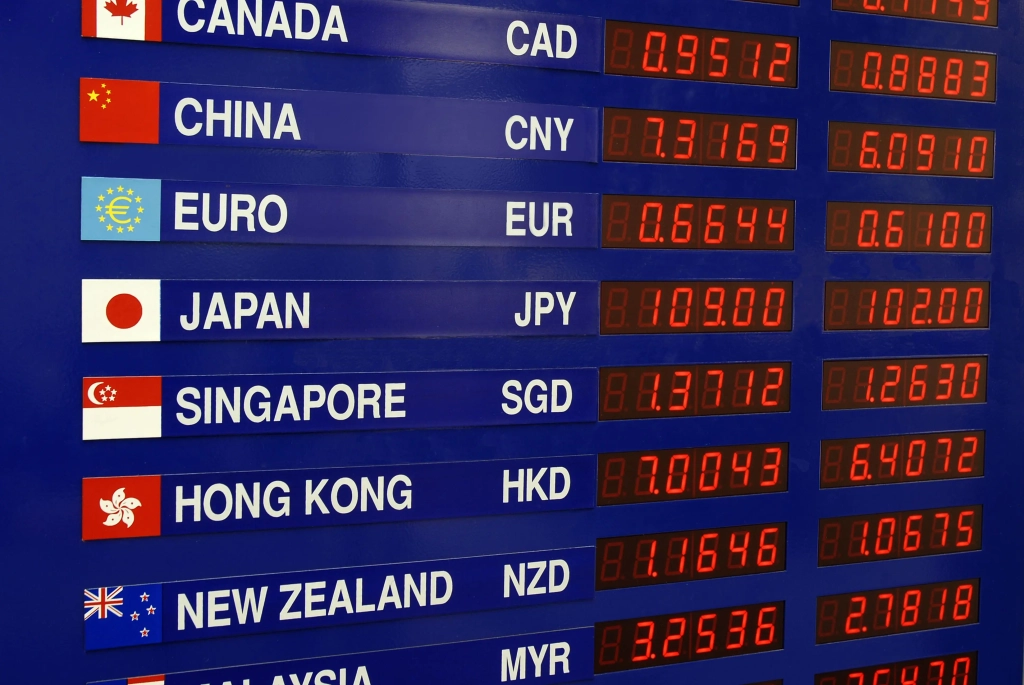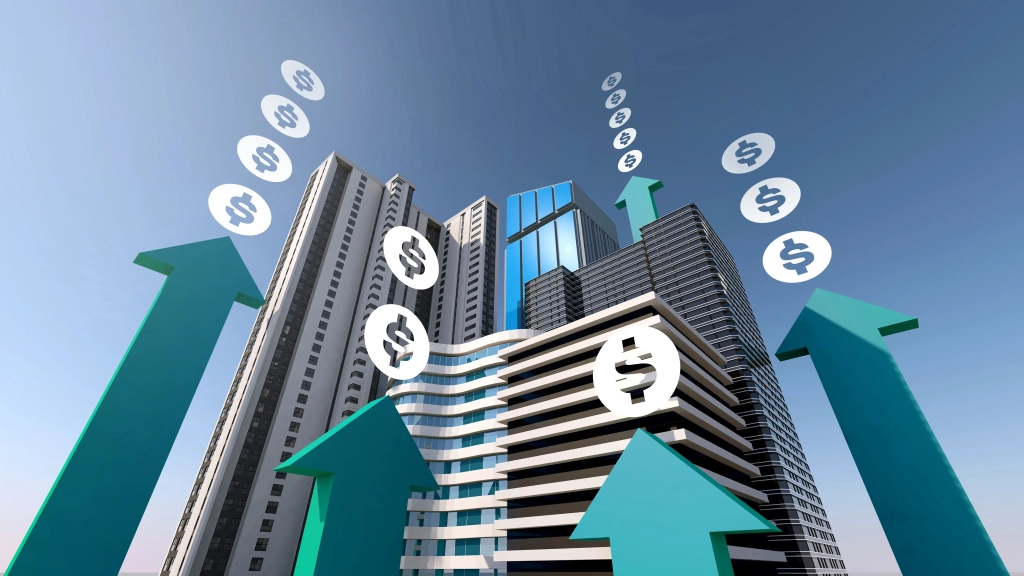The Impact of the Philippine Peso Exchange Rate on Property Investments

In the complex and intertwined world of global economics, currency exchange rates emerge as powerful, often underestimated, influencers.
For nations like the Philippines, where overseas trade and investments play a pivotal role, the sway of the peso is keenly felt across various sectors. One such sector, which often finds itself dancing to the tune of the peso’s fluctuations, is real estate. When the peso strengthens or weakens, it doesn’t just make headlines; it shapes skylines, crafts communities, and molds the very fabric of urban and rural landscapes.
This article delves deep into the intricate relationship between the peso’s value and property investments in the Philippines, offering insights that range from overarching trends to specific, actionable strategies for both local and international investors. Whether you’re a seasoned investor or a curious onlooker, understanding the dynamics of this relationship is vital in the ever-evolving Philippine real estate market.
RELATED: Facts About Real Estate Crowdfunding: Opportunities and Risks
Philippine Peso Exchange Rate and Property Investments
In the Philippines, the dance between the peso and property investments isn’t just a simple two-step. Instead, it’s an intricate ballet, choreographed by economic indicators, investor sentiment, and international relations. When the peso strengthens or weakens, it sends ripples throughout the real estate sector.
- A Strong Peso: A stronger peso might seem like all sunshine and rainbows at first glance. After all, a strong local currency generally indicates a robust economy. However, for property investors, especially those eyeing the international market, this could mean higher property prices. Foreign investments might decrease as their dollar or euro fetches fewer pesos than before.
- A Weaker Peso: On the flip side, when the peso slides, foreign investments often surge. Why? Simply because foreign investors get more bang for their buck, or in this case, more property for their pound.
Peso Fluctuations Over the Years
Tracing back the peso’s journey provides a clearer picture of its influence over property investments. From the Asian Financial Crisis to recent global events, the peso has seen its fair share of ups and downs.

External Factors Affecting Exchange Rates
External dynamics play a vital role in determining the peso’s position:
Global Economic Trends: Economic disturbances in major economies can indirectly impact the peso’s standing.
Foreign Trade Policies: Policies, especially in countries like the US and China, can have a ripple effect on the Philippine economy and, by extension, its currency.
Natural Disasters and Pandemics: These unforeseen events can wreak havoc on any country’s currency and, by proxy, its real estate market.
Implications for Local Investors
For local investors, a fluctuating peso can be both a boon and a bane:
Loan Considerations: Those looking to take out loans for property investments might find themselves facing varying interest rates in response to currency fluctuations.
Property Value: With the influx or outflow of foreign investments, the valuation of existing properties can also witness a shift.

The Attraction of Foreign Investments
In times of a weaker peso, the Philippines becomes an attractive hub for foreign investors:
Increased Buying Power: Foreign investors find their money going further in the Philippine property market.
Potential for Greater ROI: As the economy stabilizes and the peso strengthens, these investments can offer significant returns.
Local Market Responses
How does the local property market respond to these shifts in exchange rates?
Development of New Properties: In anticipation of increased foreign interest, there might be a surge in property developments.
Shift in Marketing Strategies: Real estate marketers could potentially shift their focus to target international investors.

Mitigating the Risks
For any smart investor, it’s essential to be aware of potential risks and to know how to mitigate them:
Diversified Portfolio: It’s always wise not to put all your eggs in one basket.
Stay Updated: Keeping an eye on global and local economic trends can provide a heads-up on potential exchange rate shifts.
Impact on Real Estate Sectors
Different sectors within the real estate market can be affected uniquely by fluctuations in the peso’s value. Understanding the nuances can help investors make informed decisions.
Residential Property Market
When the peso’s value decreases, foreign investors might be lured to invest in residential properties, viewing them as more affordable. This could increase demand, causing property values in this sector to rise.
Commercial Property Market
A strong peso could make importing construction materials cheaper, potentially reducing costs for building commercial properties. Conversely, a weaker peso might increase these costs, affecting the returns on investments in this sector.
Agricultural Land
The value of the peso could influence export-import dynamics. For instance, a strong peso might make agricultural exports more expensive, potentially impacting the value of agricultural lands geared towards exports.
The Role of Remittances in Property Investment
A crucial factor to consider in the Philippine context is the role of overseas Filipino workers (OFWs) and their remittances.
Boosting the Economy
Remittances from OFWs play a significant role in boosting the Philippine economy. A substantial portion of these remittances often goes into property investments, either as homes for their families or as investment ventures.
Exchange Rate Dynamics
When the peso is weak against currencies like the US dollar or the Euro, remittances can translate into a larger amount in pesos. This could motivate OFWs to send more money home, potentially increasing property investments.
Sentimental Factors
Beyond the mere economic implications, the desire of OFWs to secure a comfortable home for their families in the Philippines is a potent factor influencing property investments.
Government Policies and Infrastructure Development
The intersection of government policies, infrastructure development, and the peso’s value is an intriguing aspect of the property investment scenario.
Government Stimulation: In times of a weaker peso, the government might introduce policies to stimulate foreign investments, including in the real estate sector.
Infrastructure Projects: Major infrastructure projects, like the “Build, Build, Build” program in the Philippines, can attract foreign investments. However, the costs of such projects might rise if the peso is weak and importing materials becomes more expensive.
Special Economic Zones: The government might establish special economic zones to attract foreign investors, offering tax breaks and other incentives. The success of these zones can be influenced by the peso’s exchange rate, as a weaker peso could make initial investments more attractive for foreigners.
The Future of Peso and Property Investments
So, what does the future hold for the relationship between the peso and property investments? While crystal ball predictions are best left to soothsayers, economic indicators can provide some insights.
In the grand orchestra of economic indicators, the exchange rate of the Philippine Peso plays a vital tune that resonates with property investments. By understanding its intricacies, investors – both local and foreign – can dance to the rhythm, maximizing opportunities and minimizing risks. After all, in the world of investments, knowledge is not just power; it’s profit.
FAQs
What does a stronger peso mean for the property market?
A stronger peso typically means higher property prices and might lead to decreased foreign investments since foreign currencies will fetch fewer pesos.
How do global economic trends affect the peso?
Major disturbances in the world economy can have a direct or indirect impact on the peso’s value, influencing the rate of foreign investments in the Philippine property market.
Why is the peso’s exchange rate crucial for foreign investors?
The exchange rate determines the purchasing power of foreign investors. A weaker peso means they can invest in more properties for the same amount of their currency.
Can local investors benefit from a fluctuating peso?
Yes, local investors can benefit, especially if they are eyeing the international market or if they wish to collaborate with foreign investors.
How do natural disasters impact the peso and property market?
Natural disasters can lead to a temporary decrease in the peso’s value and might affect property prices, especially in affected areas.
What strategies can investors adopt to mitigate risks associated with currency fluctuations?
Investors can diversify their portfolios, stay updated on economic trends, and consult with financial experts to navigate the uncertainties of currency fluctuations.
Read more here: AllProperties Latest Blogs




